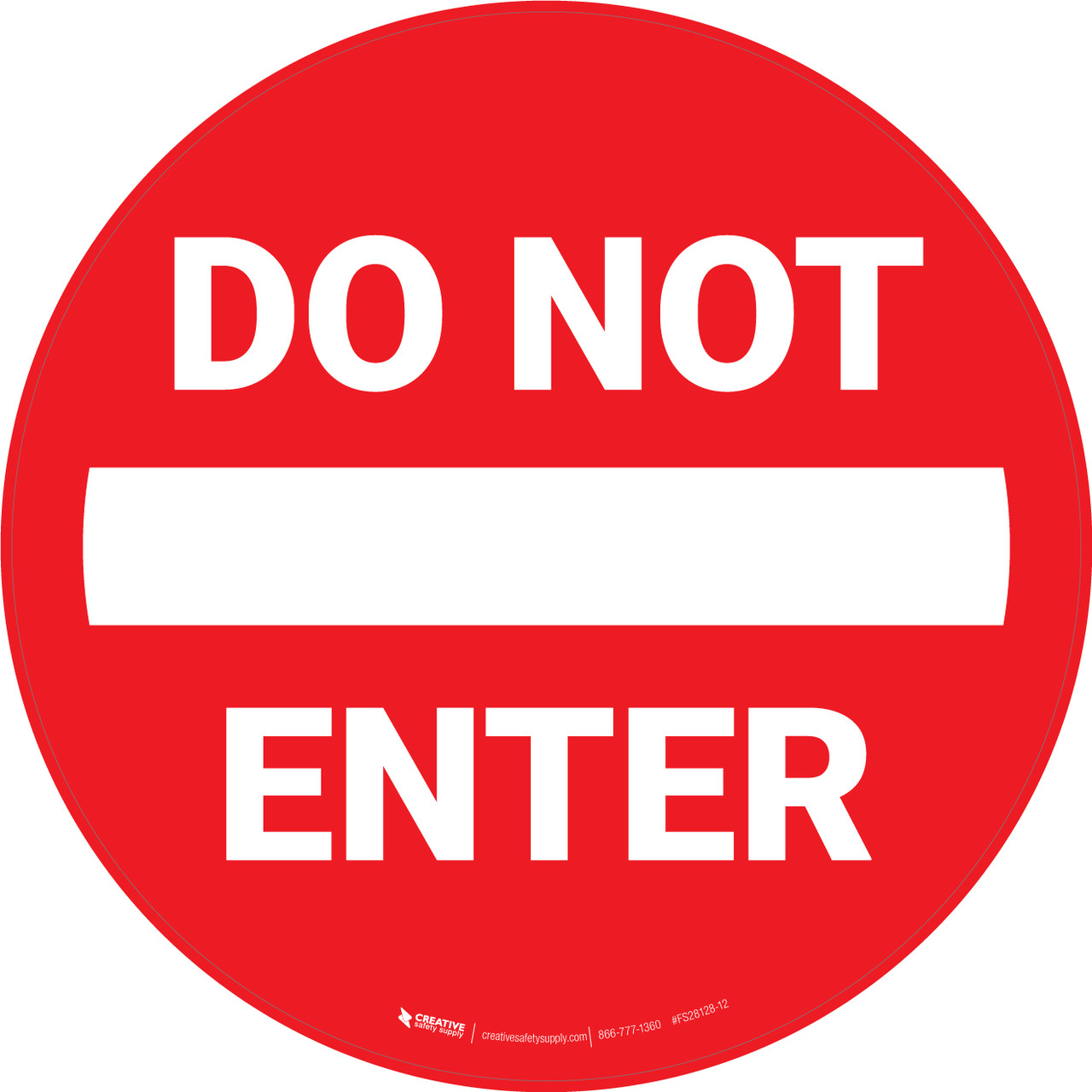When approaching a railway crossing at which an electrical or mechanical signal device is warning of the approach of a train, you must stop at least 5m (15ft.) from the nearest rail. Wait until the signal lights stop flashing and, if the crossing has a gate or barrier, wait until it rises before you cross the tracks.
Make it a habit to pull over and park to use your cell phone or have a passenger take the call or let it go to voice mail. If you must use a cellular phone when driving, you must use it hands-free.
Snow-removal vehicles on public roadways are equipped with flashing blue lights that can be seen from 150 metres.
Broken white lines (dashes) are used on one-way streets and highways when there is more than one lane of traffic moving in the same direction.
Level One and Level Two Drivers must have a blood alcohol level of zero when driving. New drivers caught drinking and driving will receive a 30-day suspension and can also be charged under the Criminal Code.
Only emergency vehicles responding to a call may carry a red light visible from the front.
Examples of hands-free devices include all of these options.
Advertisement
If convicted, a fully licensed driver (holder of Class A, B, C, D, E, F, G) or a hybrid driver (holder of a full-class licence and a novice licence such as Class G and M1) who talks, texts, types, dials or e-mails using hand-held cellular phones and other hand-held communications and entertainment devices face fines of up to $1,000 and three demerit points applied to their driver’s record under Ontario’s distracted driving law.
At an intersection where there is a flashing amber (yellow) traffic light, you must slow down and proceed with caution.
Motorcycles, bicycles, limited-speed motorcycles, and mopeds often need to pull to the left or right side of their lane to avoid dangerous road conditions or to be seen by other drivers. Do NOT take this as an invitation to pass in the same lane. If you do want to pass these vehicles, do so by changing lanes.
Obey the maximum speed limit posted on signs along the road, but always drive at a speed that will let you stop safely. This means driving below the maximum speed in bad weather, heavy traffic, or in construction zones.
If you become very tired while driving, you should always stop and rest.
If you do not obey a police officer's direction to pull over, you risk being fined (up to $25,000), having your license suspended, or even serving time in prison. [Obey Police; 2. Driving Along; Safe and Responsible Driving; The Official MTO Driver's Handbook]

This is a 'Do Not Enter' road sign.
Advertisement
"This is a “Two-way Left Turn Lane” road markup. "
This sign indicates a traffic control person ahead. Drive slowly and watch for instructions.
Proceed with caution in the direction of the arrow.
In many jurisdictions, including Canada, drivers who have been driving for at least four years are required to have blood alcohol levels below 0.05% to be within the legal limit. This limit represents the maximum allowable blood alcohol concentration (BAC) for drivers in many places.
For the first few minutes after it starts to rain or following a light drizzle, the road is more likely to be slick. This is because the rainwater mixes with the oil, dust, and other substances on the road surface, creating a thin and slippery layer. This initial period of rainfall, especially after a prolonged dry spell, can be particularly hazardous for drivers due to reduced traction and increased chances of hydroplaning.
When you see traffic backed up on the road in front of an intersection as you approach it, you should stop before entering the intersection and wait until the traffic ahead moves. It is crucial to avoid blocking intersections, as doing so can lead to traffic congestion, unsafe conditions, and potential traffic violations.
Click for next FREE G1 Test
G1 Road Signs Marathon #1